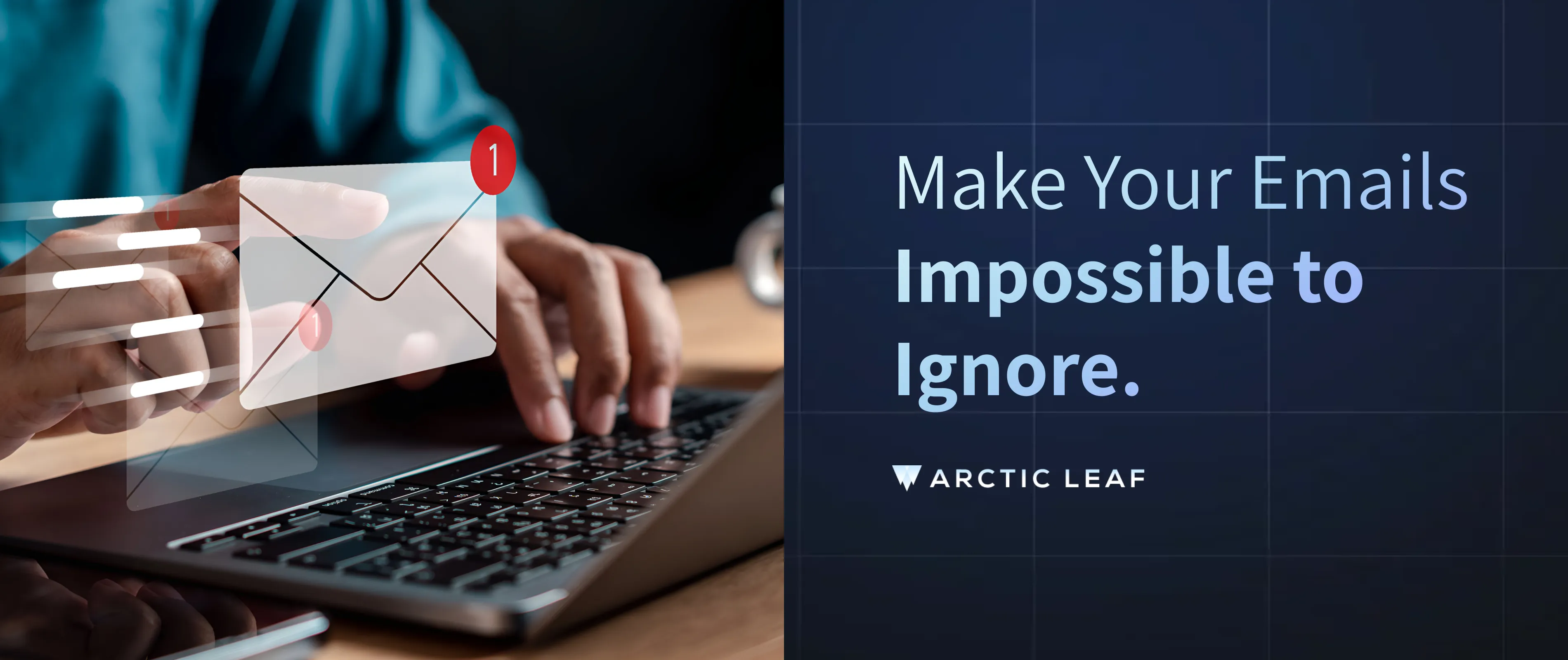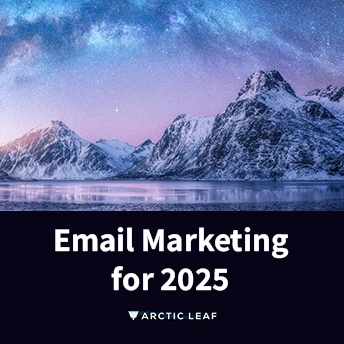What’s Hurting Your Open Rates & Engagement?
Key Takeaways
-
Weak subject lines, poor timing, and irrelevant content kill engagement.
-
Personalizing emails and segmenting lists can drive better results.
-
Testing subject lines, send times, and content can identify what works.
-
Cleaning your email list keeps bounce rates low and engagement high.
-
Mobile-friendly design is critical for higher open rates and clicks.
If your email open rates are low, something isn’t working. Poor engagement means lost sales, wasted time, and an audience that stops paying attention. The problem isn’t just the emails, it’s the strategy behind them. Weak subject lines, bad timing, and irrelevant content all kill performance.
Want to know how to increase open rate in email marketing? How to improve click rate in email? It starts with fixing what’s broken. An email marketing expert knows that small changes make a big difference. Let’s break down what’s hurting your emails, and how to fix it!
Weak Subject Lines
The First Step in Losing Engagement
Subject lines make or break an email. If they don’t grab attention, the rest doesn’t matter. Weak lines lead to low email engagement and poor performance. The biggest mistakes? Generic phrasing, vague messaging, and no urgency.
Take this: "Monthly Newsletter – March Edition." It’s forgettable. Now compare it to: "This Shift in Strategy Just Increased Revenue by 42%." The second one sparks curiosity and promises value. That’s email subject line optimization in action.
To improve email open rates, keep subject lines short, direct, and intriguing. Make your audience curious or offer something they can’t miss. A well-crafted subject line captures attention and turns a weak first impression into a click.
Lack of Personalization
Treating Your Subscribers Like Strangers
Nobody wants to feel like just another name on a list. Sending generic emails with “Dear Customer” or content that doesn’t match a subscriber’s interests leads to low email engagement. If the message doesn’t connect, it gets ignored.
Personalization makes the difference between an email that gets ignored and one that drives action. Using real data—like past purchases, location, or browsing habits—helps tailor messages that speak directly to the recipient, increasing the chances of them taking action.
Instead of “Check Out Our New Products,” try “John, Your Favorite Running Shoes Just Got an Upgrade.” It’s direct, relevant, and gives the reader a reason to engage.
Ignoring Audience Segmentation
One Size Doesn't Fit All
Personalization is key, and segmentation is a powerful tool to take it further. Blasting the same email to every subscriber guarantees low email open rates. People want content that speaks to them, not a generic message.
Segmentation not only boosts relevance but also makes emails more personal. By grouping subscribers based on demographics, interests, or actions, you can send messages that align with what they care about. For example, a customer who bought running gear should get different emails than someone browsing winter coats.
By segmenting your list, you can tailor content to make customers feel special. Instead of “Our Latest Collection is Here,” try “Lisa, New Hiking Gear for Your Next Adventure.” It’s personal, targeted, and more likely to be opened.
Poor Send Timing
Not Hitting Your Audience at the Right Moment
Timing can make or break an email campaign. Send an email when your audience is busy, asleep, or overwhelmed with other messages, and you’ll see email open rates low. For example, a promo email sent at 2 a.m. will be buried by morning. A B2B newsletter hitting inboxes on a Monday might be ignored in the rush to catch up. Timing matters.
Key points:
-
Testing send times helps raise open rates by identifying the best time to reach your audience.
-
Track when subscribers open emails, adjusting the send time accordingly.
-
A retail audience might respond best on weekends, while a business-focused list may engage more midweek.
Real data helps pinpoint the best timing for engagement. Tracking patterns, adjusting send times, and fine-tuning the approach ensures emails don’t get buried in crowded inboxes. The right timing puts your message where it belongs—front and center.
Unclean Email Lists
Sending to People Who Aren’t Interested
An unclean email list can tank your campaign performance. Outdated addresses, inactive subscribers, and high bounce rates lead to spam complaints and low email engagement, ultimately landing your emails in the junk folder.
-
Remove invalid email addresses to reduce bounce rates.
-
Purge inactive subscribers to improve engagement.
-
Re-engage subscribers who haven’t opened emails in months.
-
Run reactivation campaigns before cutting non-responders.
If you’re not sure where to start, an email marketing agency can help clean up your list, ensuring it stays lean and engaged. A smaller, active list always outperforms a large, inactive one.
Mobile Unfriendliness
Emails That Don’t Fit the Screen
Most emails are opened on a phone. If they don’t load fast or fit the screen, they get deleted. Clunky formatting, tiny fonts, and slow-loading images kill engagement, leading to low email open rates and fewer click-throughs.
Emails need to look sharp on mobile with responsive design. If they require zooming, they’ll be ignored. To boost click-through rates, keep it simple. Use short subject lines, clear buttons, and a clean layout.
Most email marketing platforms allow you to preview a mobile version of your email, so don’t skip out on this step. Always check how your email looks on different devices before hitting send.
Not Using Automation
Missing Out on Better Targeting
Manually sending emails wastes time and leads to low email engagement. Automation solves this by personalizing content and sending emails at the right time.
Set up automated workflows for welcome emails, abandoned carts, and re-engagement. By sending the right message at the right time, you’ll keep your emails relevant and drive higher open rates and click-throughs.
Not Testing
The Failure to Adapt and Improve
Skipping A/B testing means missing valuable insights. Without testing subject lines, content, send times, or CTAs, email open rates stay low, and engagement drops.
Regular testing helps identify what resonates with your audience, leading to better open rates and click-throughs. With this data, adjustments can be made for higher engagement. If you're not testing, you're leaving growth on the table.
Conclusion
Fixing the small issues that impact your email open rates can make a big difference in engagement. Address weak subject lines, lack of personalization, poor timing, and other common mistakes head-on. Test regularly and adjust your strategy to get better results.
Ready to step up your email marketing? Arctic Leaf’s team knows how to get your emails opened and clicked. Reach out for expert copywriting and email marketing services that deliver.





